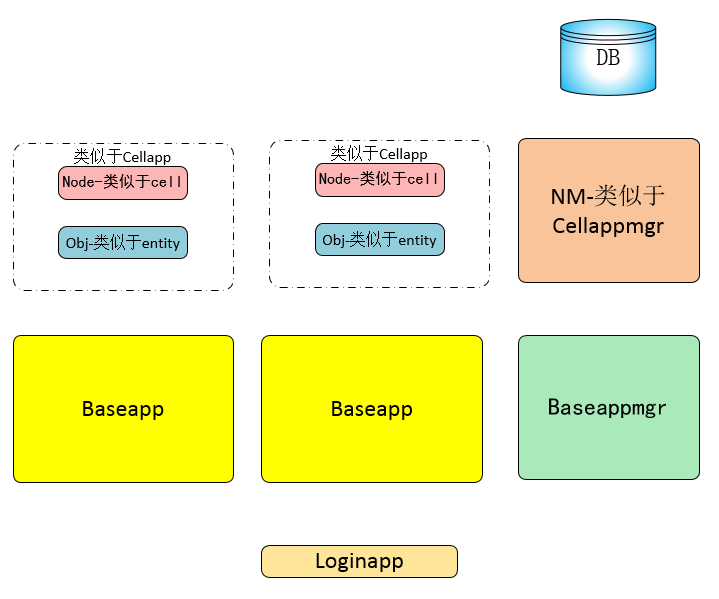自我总结
这篇文章只是介绍, 之后的文章才是正题. 此篇文章大体介绍了 :
- 文本格式传输的低效率问题, 为了可读性而产生了太多冗余无用数据
- 为什么不用目前已经有了的库比如Protocol Buffers:因为我们不需要版本信息,也不需要什么跨语言的支持。所以让我们直接忽略掉这些功能并用我们自己的不带属性的二进制流进行代替,在这个过程中我们可以获得更多的控制性和灵活性
- 要注意大小端的问题
- 实现一个位打包器, 工作在32位或者64位的级别, 而不是是工作在字节这个级别。因为现代机器对这个长度进行了专门的优化而不应该像1985年那样在字节的级别对缓冲区进行处理。
- 要注意防止恶意数据包的问题 :
- 我们需要实现一个方法来判断整数值是否超出预期范围,如果超出了就要中止网络包的读取和解析,因为会有一些不怀好意的人给我们发送恶意网络包希望我们的程序和内存崩溃掉。网络包的读取和解析的中止必须是自动化的,而且不能使用异常处理,因为异常处理太慢了会拖累我们的程序。
- 如果独立的读取和写入函数是手动编解码的,那么维护它们真的是一个噩梦。我们希望能够为包一次性的编写好序列化代码并且没有任何运行时的性能消耗(主要是额外的分支、虚化等等)。
- 我们为了不想自己手动检查各种可能会被攻击的地方, 需要实现检查自动化, 在下一篇文章 构建游戏网络协议二之序列化策略 里将会说。
. . .






